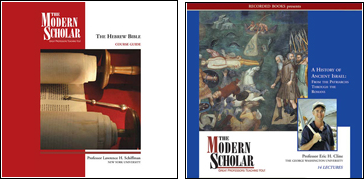This past week at Vacation Bible School (=VBS) I helped with the rather difficult task of teaching the 10 plagues to children in Pre-K through 5th grades. Usually when this is done the teaching materials at least tone the stories down a bit due to the violence (i.e. the killing of the firstborn). However, I was shocked to find that the materials that we were using did not do so. Granted when the materials were chosen, the leaders of VBS probably assumed that the stories would be toned down.
So, I took on the task of rewriting the materials for several nights of the week, particularly the night dealing with the first nine plagues and the night dealing with the death of the firstborn. And oddly enough, this is one of the places where modern methods of Biblical Studies helped out tremendously. In two of the courses that can be found on this site, A History of Ancient Israel by Eric Cline and The Hebrew Bible by Lawrence Schiffman, the authors go into a significant amount of detail about the Exodus. They explain that there is likely some historical kernel of truth to these stories, but that much of the stories was a result of later theological reflection. For instance, there were likely Hebrew slaves in Egypt who escaped; however, this escape did not take place as the Book of Exodus records with ten plagues ending with the death of the firstborn. These events would have merited mention at least somewhere outside of the Biblical record. Rather this was simply the Israelite way of telling the story to make their theological point.
So, I tried to take a similar approach and bring it down to the level of little children. I attempted to take this as an opportunity to teach the old adage “A lot of stories are true, and some of them actually happened.” And, I think that most of the children came away with that lesson. I think that they understood that a story can contain truths without being historically accurate in its details.
